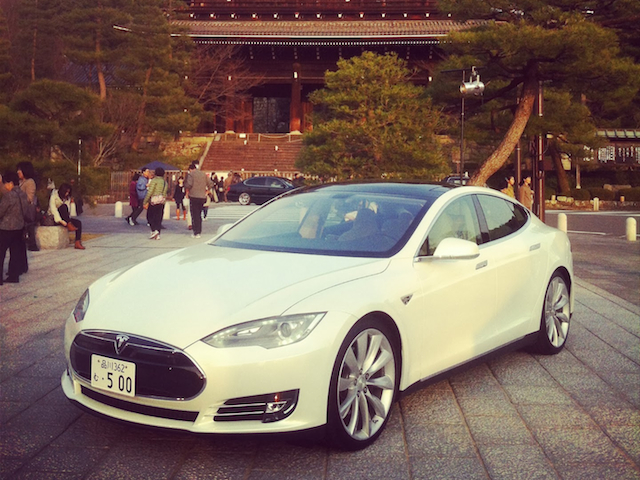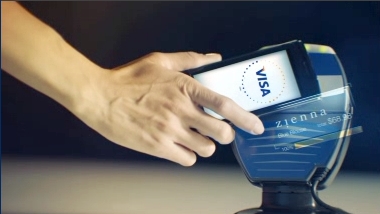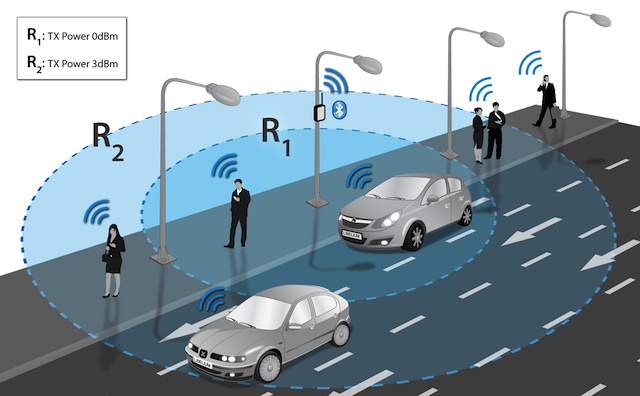Interviewing Stripe co-founder John Collison in the company’s crowded, noisy lunch room in San Francisco’s Mission District is a good place to appreciate how quickly the online payment service has grown since it was founded three years ago.
Stripe was founded after twenty-four year old Collison and his brother Patrick encountered problems with online payments in their previous businesses, “we came to Stripe because we had built apps and webservices before and it was phenomenally difficult to take a product you had built and turn it into a business.”
“At the time you had two options; you could turn your business over to PayPal, which was problematic for a whole bunch of reasons, or you’d build something from scratch.”
“It was clear to us that neither of the options were very good so we went about building something better.”
Silicon Valley’s strengths
Since its establishment Stripe has grown from ten employees to 150, something the founder believes shows the strength of California’s Bay Area over areas like Collison’s native Ireland.
“One of the things that I like about Silicon Valley is that people here tend to be relatively risk tolerant. Joining an unknown internet payments company three years ago, most people would say ‘you’re out of your mind’. But the psyche around here is that’s a reasonable thing to do.”
Another aspect that attracts Collison to San Francisco is that most of his employees at Stripe have run their own businesses or startups themselves. Having a workforce of risk tolerant, independent self starters makes it easier to manage a fast growth company.
Pitching for funding
The Bay Area’s appetite for risk is reflected in how investors look at businesses; “in the startup world, people like to maximize the opportunity rather than reduce the risk,” observes Collison.
Collison’s advice for startups seeking funding is to get have users on board that validates the idea, “when we pitched Peter Thiel we had production user for four or five months. What made us think there was something here was that those users were really passionate.”
The other attraction for Thiel and other members of the ‘PayPal mafia’ – Thiel’s fellow PayPal founders Elon Musk and Max Levchin are also investors in Stripe – was their first hand dealings with the problem of online payments.
“With the PayPal guys specifically, they really get this. Early on this was what they were trying to do with PayPal – make it easy for people to move money around the world.”
Entering the era of mobile commerce
The problem today that Collison sees with PayPal is that it is a product based on a desktop view of online commerce in a time where the industry is moving to mobile.
“One of the things that has held online commerce back for so long is the purchasing experience has such a high barrier to it.”
”We’ve replicated the mail order form on the internet. It feels to me that in five to ten years time we will not be in the same world with people like Google and Facebook improving the identity story. That’s exciting because that helps merchants sell more.”
“That whole model comes from a desktop era so if your building a lyft or a mobile site it doesn’t make much sense.”
Beating the 1980s business model
For the credit card and banking industry, the payments sector is even further behind. Collison believes that until recently the payments industry was based upon a 1980s business model where the costs of inefficiency were pushed onto merchants and small business.
“All the banks and companies that offered services at the time were operating in the 1980s,” says Collison. “The business model was based on the old way of your customers being people within a fifteen block radius, on the internet your customer base is the whole world.”
Building new industries
With Stripe Collison sees an opportunity for new industries to develop out of easier ways of collecting payments, particularly given much of the world’s population in areas like Africa and China doesn’t have credit cards.
“If we just building a business to take transactions from PayPal and get them onto Stripe, that’s not that interesting. What is interesting is if we can create new types of transactions that would not have existed otherwise.”
“By providing better infrastructure for anyone to build a global business. That will change the kind of things people will build.”
Similar posts:



